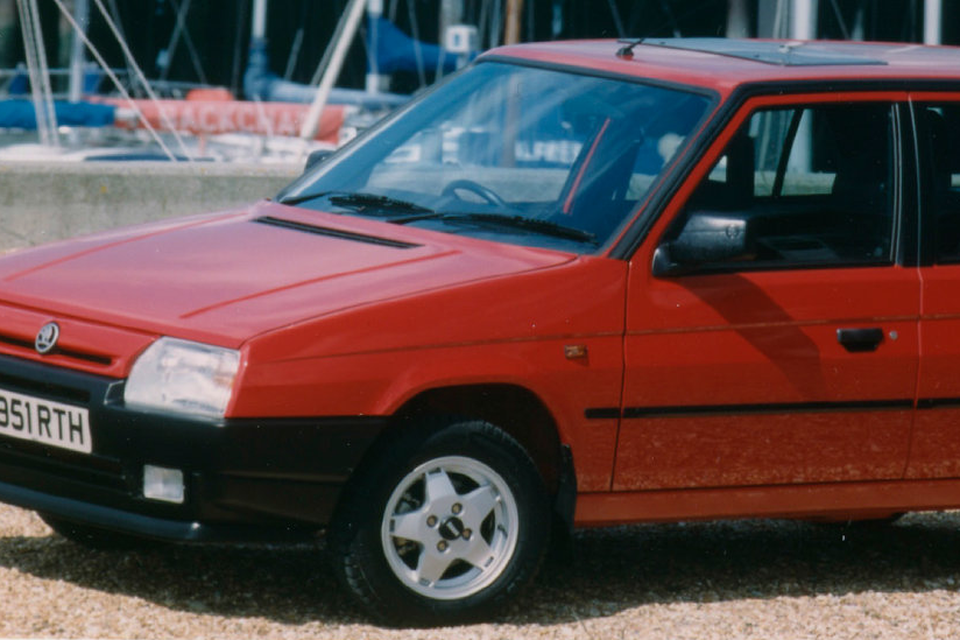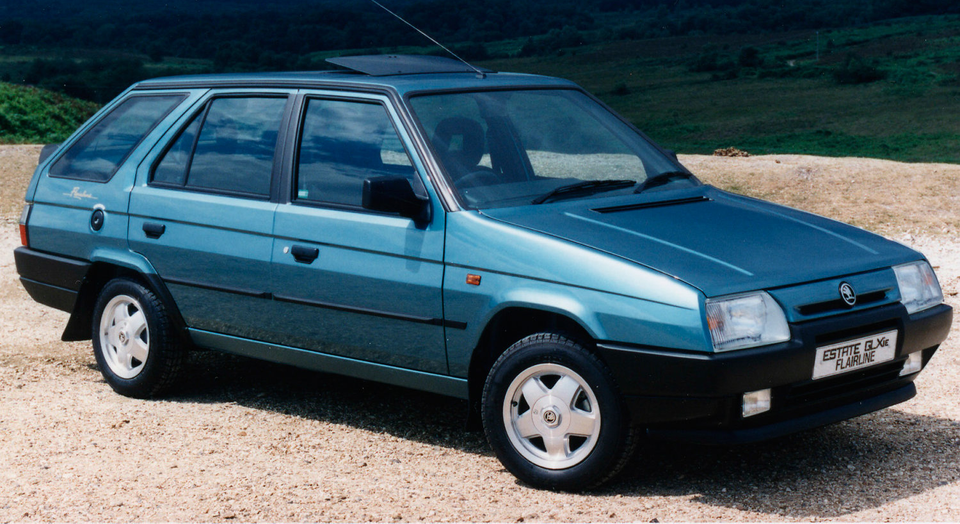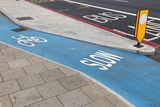Put your money on the Favorit
Launched 30 years ago, the humble Skoda Favorit helped to turn around the fortunes of the Czech carmaker, writes Brian Twomey
The Skoda Favorit
Some of our younger readers might be shocked to learn this, but once upon a time Skoda's were considered rubbish. No, let me correct that: Skodas were rubbish. Rear engined, air-cooled, perambulating contraptions with all the charm of a finger in the eye. What does a Skoda have in common with a bathtub? You can't be seen in public in either of them. Ho ho ho. This and other such gems were all the rage when one of these glorified prams wheeled into a garage forecourt for its biannual rebuild. Sure, they had their fans who claimed the weight distribution was almost Porsche-like and the Estelle Rapid coupé gave you coupé glamour with breadline running costs and yes, there were numerous rallying class wins but Skodas were only preferable to Ladas because Lada had an even worse name.
Then, in a fog of burnt oil and clouds of steam, something amazing happened in the world of Skoda - the Favorit. Taking its name from a long-extinct limousine from the '30s, the new 1987 Favorit was a sea-change for Skoda. For a start, it was front-wheel drive with its engine in the front, just like all those decadent western cars. Secondly, it was styled by the Italian designer Bertone, so it actually looked nice. Thirdly, and this is important, it did not disintegrate into a pile of dust at the mention of rain and the engines, carried over from the old 130 models, were developed to be both reliable and not entirely horrible to use either.
Firm Favorit: The simple car that turned around the fortunes of Czech manufacturer Skoda
In classic Soviet Bloc fashion, the Favorit's development was long and drawn out. It was approved by the government of what was then Czechoslovakia in 1982 but development did not actually get rolling until the following year. Then a dispute between Bertone and the government meant the design of the car was not finalised until 1985. Apparently the dispute centred on a four-door saloon version which was never built, although a useful estate version would eventually roll into showrooms.
The Favorit was launched with little fanfare in 1987 but the car quickly won friends including Jeremy Clarkson, who gave it a rave review back when Top Gear was a car programme. The engine was developed by Ricardo engineering who counted diesel engine pioneering, Rolls-Royce aero units and V16 Alfa Romeo racing engines in their CV. They succeed in enlarging the engine to 1.3 litres, up from its original 1000cc configuration. More impressively, they also engineered it to stop drinking oil and to be easier to start when the weather was damp. It was mounted on Porsche-developed engine mounts and sat on a Porsche-engineered front suspension. All very impressive for what was a simple, front-drive Fiesta chaser. A standard five-speed gearbox was a major selling point for the car even if the interior was a bit boxy and brittle with its cheap looking steering wheel and huge clock in place of a rev counter. Still, in 1987 it was slightly smaller than an Escort for the same money as a basic Fiesta.
Oddly, given our love for a bargain, the Favorit did not actually arrive in Ireland until 1993 officially. Now with 68bhp and a competitive £7,250 price tag, the Favorit proved a hit with Irish buyers in the same way that it proved popular with buyers in the UK, Europe and as far afield as Israel, Argentina and Peru. Yugo developed the Sana and Lada had the Samara, which were variations on the theme; front-wheel drive, water-cooled and resembling a Ford Escort/Opel Kadett from a distance. Neither was as thoroughly developed as the Favorit though and even though the Samara did sell well enough, it did so on account of being cheap and less embarrassing than a Riva.
While unashamedly a simple and practical car, it was a huge hit, with more than 50,000 finding buyers in the UK until it was replaced in 1995 by the first Fabia model. However, the Favorit has a much longer lasting legacy than simply being another cheap car.
Following the Velvet Revolution, the Czech government was looking for a partner to acquire Skoda and take it out of state ownership. Volkswagen was encouraged by the success of the Favorit and the willingness of Skoda to compete on more than just low prices. The German company stepped forward in December 1990, taking a 30% share of the company in 1991 and becoming a majority shareholder before the end of the decade. Bear in mind that while Yugo and Lada are still around, the former is basically a Fiat outpost while the latter struggles to sell cars even in Russia. Nowadays Skoda makes a range of modern cars that are not even remotely laughable and it is now one of the most successful members of the VW group and one of Europe's fastest growing makes. Take a bow, Skoda Favorit.
Join the Irish Independent WhatsApp channel
Stay up to date with all the latest news
















